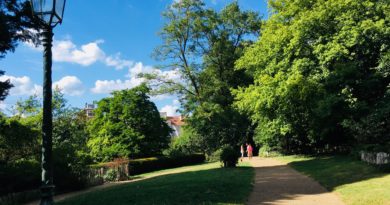Walking through the cobblestone heritage of Brussels
Did you know that cobblestones are considered a Belgian specialty and heritage treasure, much like beer and cheese?
Cobblestones vary in quality, texture, and color depending on the place where they came from. They bear the distinct characteristics of each country’s natural terrain. Belgian cobblestones are particularly known for their durability, flatness, and unique range of color and tone.
Until the 1980s, cobblestone streets were practically everywhere in Brussels. But most of them have been covered with asphalt in recent years. No more than 50 stone pavements have survived the city’s urbanisation, according to André Vital, who is in charge of urban projects at the Federal Department of Mobility and Transport and one of the authors of the book Pavés de Bruxelles.
« Cobblestones preserve the individuality of each place because these stones are native to each region or country. »
“Cobbled streets are slowly disappearing and becoming rare. Brussels is one of the few cities in Europe trying to preserve this European heritage,” says André, who developed an expertise in Belgian cobblestones after 19 years of supervising road projects and other public works in the Brussels-Capital Region.
They may look all the same to you, but the cobbled streets and sidewalks of Brussels are made of different types of stones marked by footprints from various periods in history. “They tell a story, they speak of our heritage. It was our ancestors who built them. People of centuries past have walked on them as we do now. Chariots once passed through them as cars do now. They serve as a bridge between the past and the present, » says André.
Let’s walk through the different cobblestones you will find in Brussels and rediscover their old-world charm and architectural character.
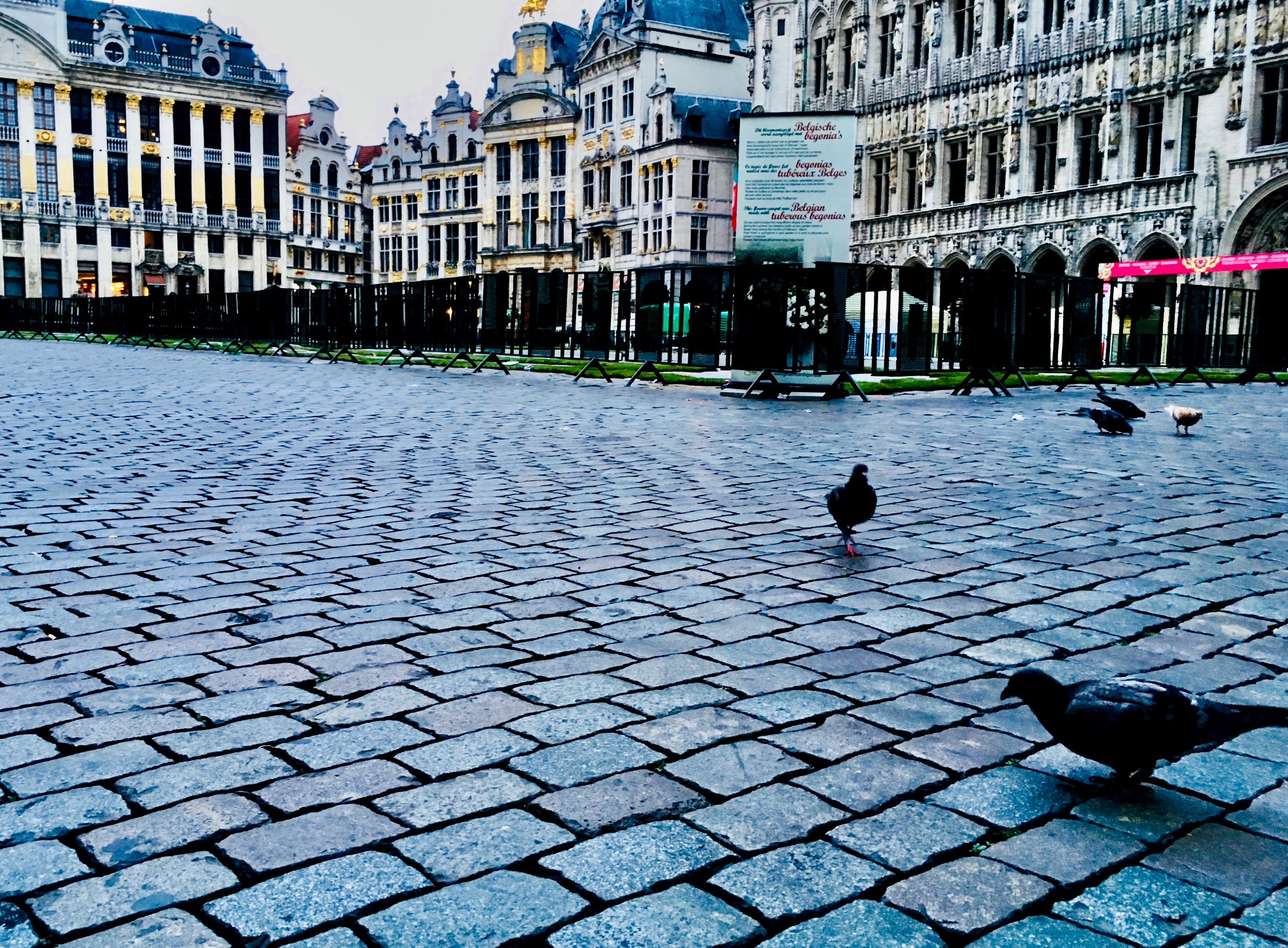
1. Belgian porphyry
This is the type of cobblestone you encounter every time you visit the Grand Place. It is also found in places like Place du Congrès and Avenue du Port in the Brussels City commune and Rue Saint-Boniface in Ixelles.
Belgian porphyry or Belgian granite is the most common cobblestone in the streets of Brussels and other parts of Belgium. Sourced mainly from the Walloon Province of Hainaut, the material is known for its exceptional durability and hardness. “It’s a type of granite that is almost exclusively from Belgium,” André says with pride.
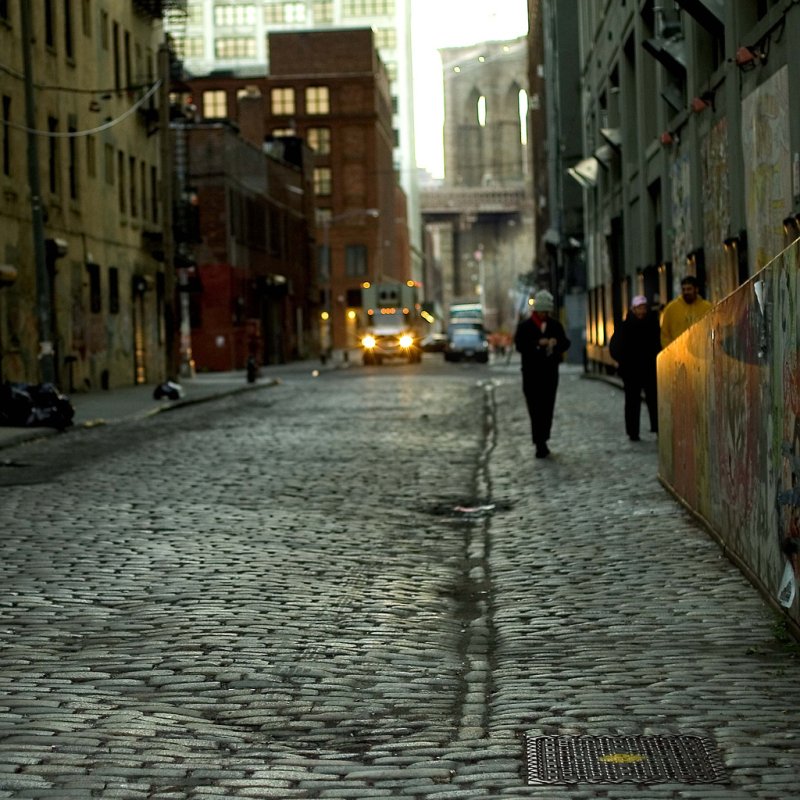
The worldwide reputation of Belgian porphyry gave rise to the generic term Belgian block, which refers to huge blocks of paving stone typically made of granite. The famous Belgian block streets of Dumbo in Brooklyn, New York were originally constructed from Belgian granite brought to America in the 19th century by European ships arriving from the port of Antwerp. The cobbled streets were later reconstructed using locally extracted granite.
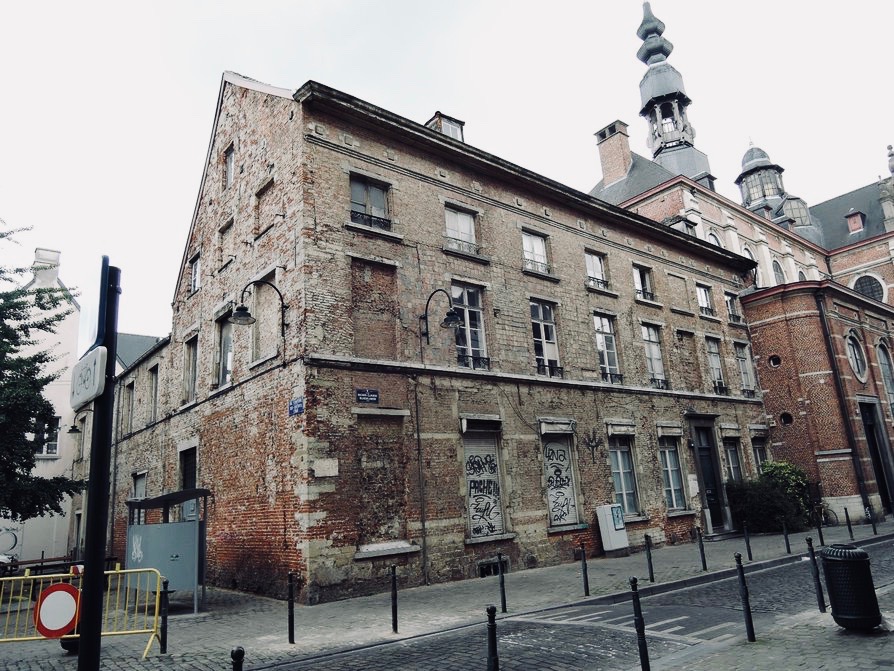
2. Grey sandstone
Belgian sandstone comes in various colors including dark grey, light grey, red, and white. Because of its extraordinary flatness, Belgian sandstone is used especially for paving sidewalks. You will see grey sandstone on the sidewalks around Place Saint-Jean and a few areas around the Grand Place.
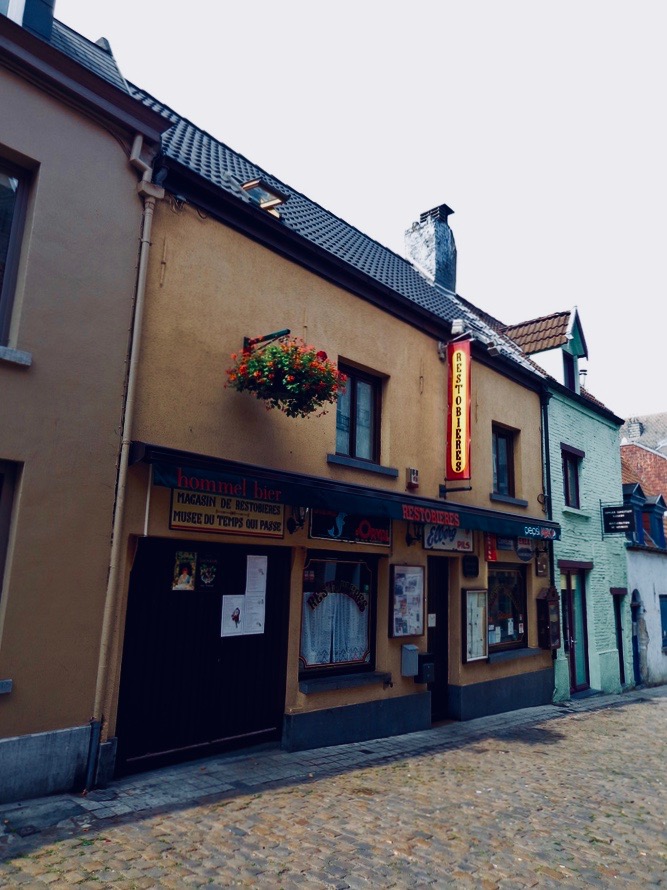
3. Red sandstone
The presence of iron oxides gives red sandstone its rich, vibrant color. This rare material is spectacular in appearance compared to other Belgian cobblestones. It comes from the region of Jodoigne in the Walloon Brabant Province and the town of Dworp in the Flemish Brabant. Brussels streets made entirely of red cobblestones include Rue des Renards, Rue des Pigeons, Rue Breughel, and some parts of Place Saint-Gudule.
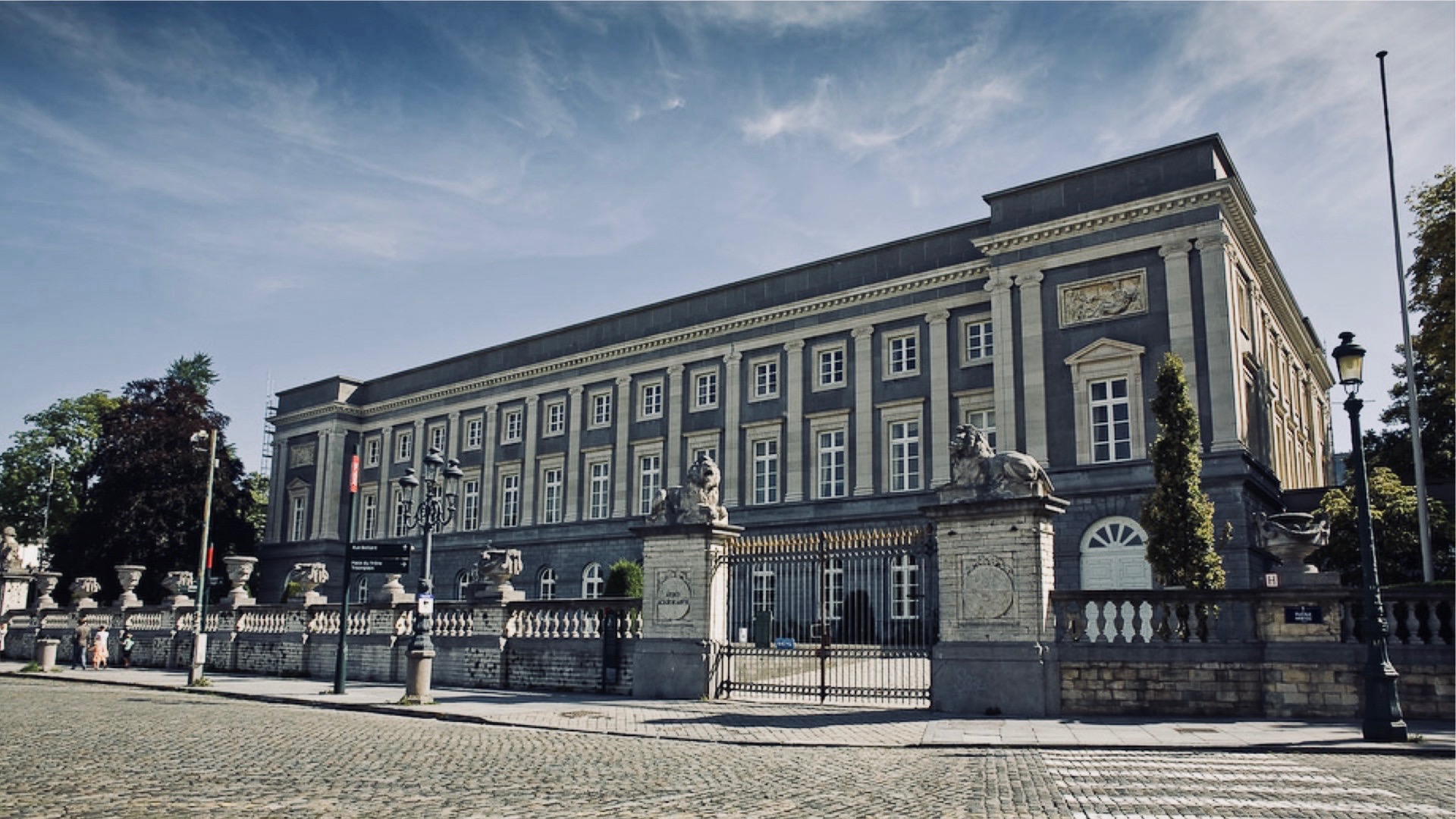
4. Sandstone with limestone
Cobblestones composed of mixed sandstone and limestone come in shades of lighter grey to white. In Brussels, this type of paving stone is used both for building roads and houses. Some of the streets made of sandstone and limestone can be found around the Royal Academy of Belgium.
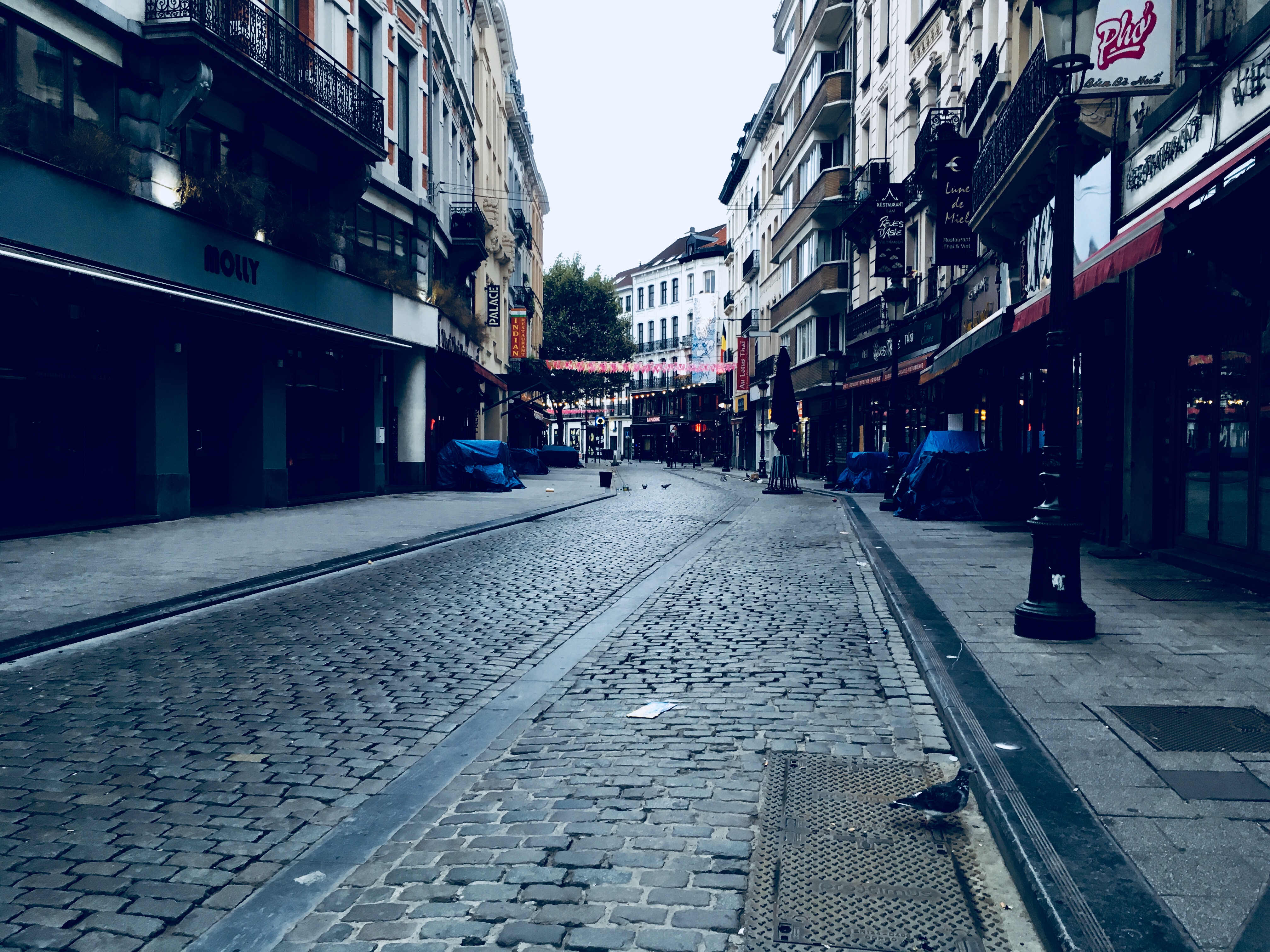
5. Imported cobblestones
Belgium imports less expensive sandstone from Asian countries including India, China, and Vietnam, and to a lesser extent, granite from European countries including Portugal and Italy.
According to André, many roads and sidewalks in Brussels have been reconstructed using imported sandstone. For example, most alleys around Place Saint-Géry now consist of Belgian and Portuguese granite while Indian sandstone appears in many sidewalks in the city-centre.
But more than imported cobblestones, asphalt is quickly taking over the streets of the Brussels Region. “Many residents, especially the cyclists, are very much against cobblestones. They only appreciate the charm of cobbled streets when they are on vacation, but they don’t want cobblestones in their neighborhood because they find them too rough or too noisy, » says André.
“Perfect comfort doesn’t exist. You can have comfort but it’s never going to be enough. I believe it’s more important to keep our history and our heritage alive. These are the things that make each place special, unforgettable, and timeless.”
They may not be as level as asphalt, but André argues that cobblestones are more sustainable paving materials since they are naturally sourced and durable enough to be recycled several times compared to asphalt, which comes from petrol and requires a lot of energy and resources.
What André regrets the most is how cities like Brussels are losing their unique character and sense of place as cobbled streets are demolished one by one. “With asphalt, cities are starting to look the same wherever you go. Cobblestones preserve the individuality of each place because these stones are native to each region or country. »
But above all, it’s about preserving history and heritage, says André. “Perfect comfort doesn’t exist. You can have comfort but it’s never going to be enough. I believe it’s more important to keep our history and our heritage alive. These are the things that make each place special, unforgettable, and timeless.”



